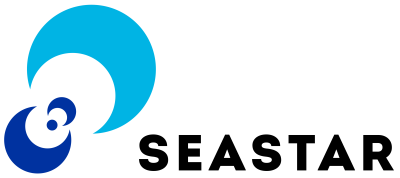
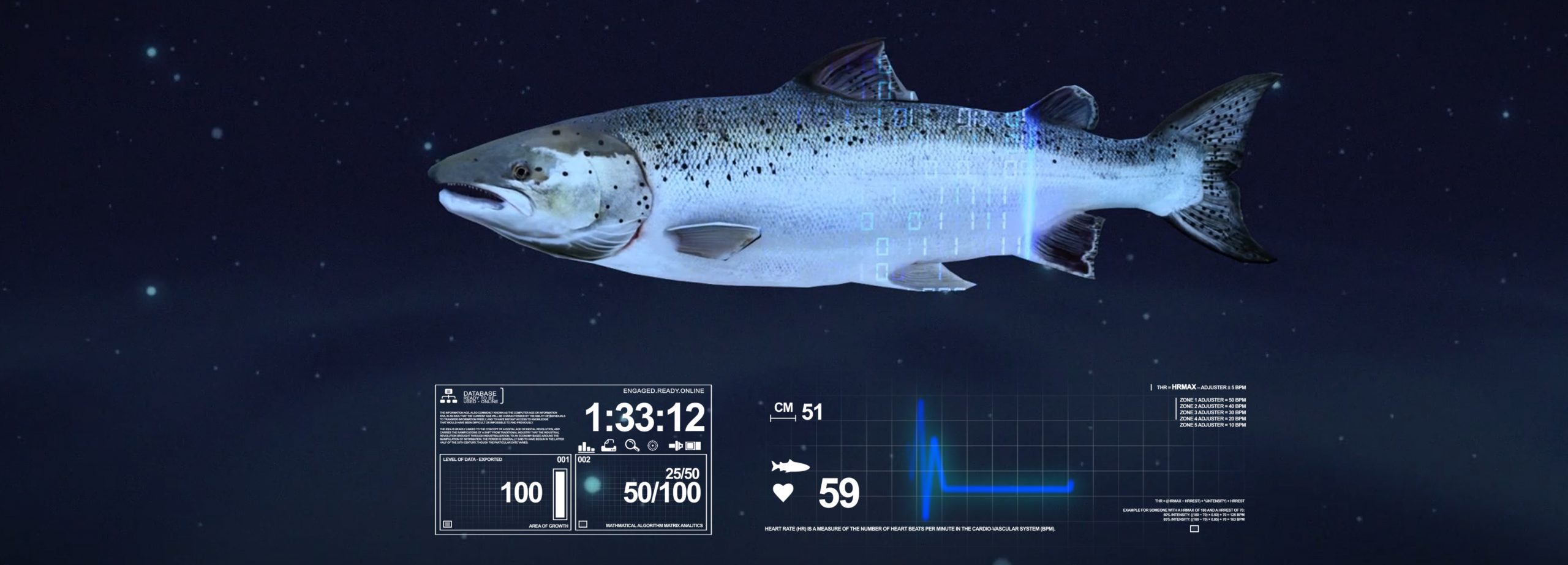
Addressed challenge
Aquaculture is one of the most prominent food industry sectors in Europe and globally. A steady growth is expected for many years to come, as by 2050 most of the food for the then 9.7 Bln humans will come from underwater farms.
The sector, however, still suffers from high production costs which hinder its expansion. Many daily operations and monitoring activities are performed manually or with costly in-situ interventions.
SEASTAR addresses the lack of full digitalization in the sector, by exploiting innovative Internet of Underwater Things Technologies and integrating them with last-generation miniaturized wearable sensors to be placed on each fish. The resulting system is a completely innovative underwater infrastructure that, for the first time, will allow fish farmers to monitor the health of each fish remotely, in real time, and to gather relevant data for accurate risk assessment and forecasting.
SEASTAR monitoring system: System components
The architectural components of the SEASTAR system are depicted in the following picture

- The W-Node is the underwater sensor node which is connected to sensors and actuators; the W-Node receives and compresses the data and it securely and reliably transmits such data through our underwater wireless mesh networks to a gateway. It integrates different vendor sensors (e.g., able to monitor DO, temperature, currents, Ph, Salinity, turbidity, chlorophyll, structural stresses) providing wireless connectivity and power to the sensors for over one year operation, thanks to WSense’s power management module. The W-Node also provides depth measurements and supports underwater GPS capability.
- The W-Gateway is the device which translates underwater signals into radio signals transmitting the information to either a remote control center or to our W-Cloud software platform via WiFi, 4G/5G networks.
- The W-Cloud software platform allows to store, analyze and visualize in real time data. We have IP protection on W-Cloud proprietary 3D user interface. Through our web interface a user can send commands to the W-Gateway and from the gateway through the underwater network to a set of nodes. This allows to change the sensors to activate, how often data should be recorded and transmitted and the alarm thresholds- all these aspects can be changed in real time.
- The W-Gateway and W-Cloud also implement the AquaCloud 2.0 standard.
- The W-Gateway is also a key element to implement a Digital Hub for aquaculture as it runs machine-learning based anomaly detection algorithms, taking as input data coming from all Wsense’s monitoring systems as well as data coming from external sensors and systems.
If you are interested into getting more information on our system and on the products data sheet please click on the following links
Our pilots
Piloting of the system has been performed in a farm in Angelskår (Bergen area) as well as Letsea in Dønna, as well as in joint experiments with Xylem/Aanderaa in the Bergen area at Eide premises, to test data detection accuracy with wireless connection as compared with cable connection with very impressive results in favour of wireless connection. In addition the system has been applied also to mussel farming in La Spezia area. Data quality over time has been checked over a period of over six months by third party scientists (marine biologists from the ENEA research center in Italy and fish physiologists from University of Bergen).
SEASTAR developed solutions provide
Cage structural integrity
"Wsense system for structural monitoring enables a real-time underwater wireless communication with sensors deployed for instance at an aquaculture site. Their system is compatible with a wide range of suppliers of sensors, giving an extreme flexibility regarding the sensor set-up. The system can connect to both environmental sensors and sensors measuring the response of the structure to wave and currents (motions or loads). This set-up fits the need of the aquaculture industry where the structures extend over several hundreds of meters horizontally and tenth of meters in depth. Sensors can be deployed where needed without the struggle of having to deploy cable across the installation". - Basile Bonnemaire, Leroy Seafood Group
Fish welfare
"Fish welfare, by means of innovative W-Pico technology which provides information in real time on fish position, activity and heart rate The W-Pico unit developed in the SEASTAR project is a miniaturised communication and sensing unit for intra-body measurements in salmon. The 2-way communication is a smart enabler for effective lifetime power management of the sensing unit, and for robust communication between the sensing unit and the system receivers. The sensing unit collects and transmits real time data about the fish activities. On-going work is now performed to enable real time stress measurements through heart rate monitoring. This tool will enable the real time measurement of stress level of the fish population in an aquaculture installation, and a unique insight to how the fish is reacting to disturbances during the production. This will be a useful input for further design and improvement of fish farming installations and operations to ensure optimum fish welfare conditions." - Harald Sveier, Leroy Seafood Group

University of Bergen participated in the SEASTAR project and development of the W-Pico. "A number of successful trials were performed, both in tanks and in sea cages, in which fish implanted with the W-Pico were continuously observed and data related to fish position, activity, and heart rate collected". - Floriana Lai Researcher at University of Bergen (UiB)

Water quality
Water quality (also when cabled systems cannot be easily used, e.g., during delicing)
Bundling together Aanderaa’s sensors and Wsense’s underwater networking system we can provide stable and flexible data monitoring solutions which don’t require costly cabling systems and proved to be more reliable in case of hectic activities.
A cabled system is more vulnerable to movements and have limited lifetime in a rough environment. It’s also easier to change position and distance between units since you are not tied to a fixed cable length. - Jarle Heltne, Product Management Manager at Aanderaa Data Instruments
Supporting
- A version of the W-Pico technology able also to log extensively data has been developed, targeting use by the scientific community.
- The underwater IoT monitoring systems can provide quantitative data to support studies on climate change, on ecosystem services, on the oceans health, and provide the needed in situ big data to develop the Digital Twins of the Oceans
Dr. Chiara Lombardi, ENEA Research Scientist, member of Lab of Biodiversity and Ecosystems Services and leader of the Smart Bay initiative, which hosted a long term installation of SEASTAR infrastructure, explains the high value of the developed Internet of Underwater Things solutions:
"The high value of in real time high resolution data acquisition in marine environment, such as the one offered by WSense system, is determined by the opportunity to detect and record rapid changes in physical variables (i.e. temperature, oxygen, salinity) to explain and record biological processes but also to monitor fast occurring changes (i.e. thermal anomalies)"
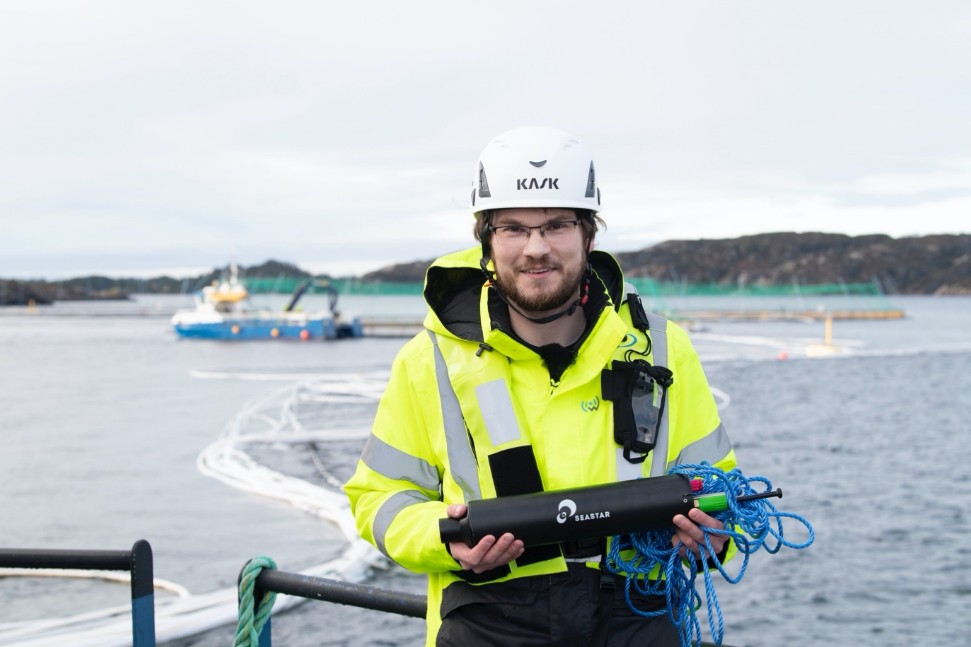
Contacts
Chiara Petrioli, project coordinator
chiara.petrioliATwsense.it
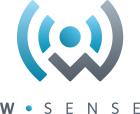
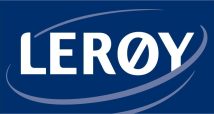
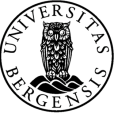
Partners:
WSense Srl (Project Coordinator)
Leroy Seafood Group
Leroy Vest
WSense AS
University of Bergen

With the contribution of the European Maritime and Fisheries Fund of the European Union under Grant Agreement n. 863731
The content of this website represents the views of the author only and is his/her sole responsibility; it cannot be considered to reflect the views of the European Commission and/or the Executive Agency for Small and Medium-sized Enterprises (EASME) or any other body of the European Union. The European Commission and the Agency do not accept any responsibility for use that may be made of the information it contains.